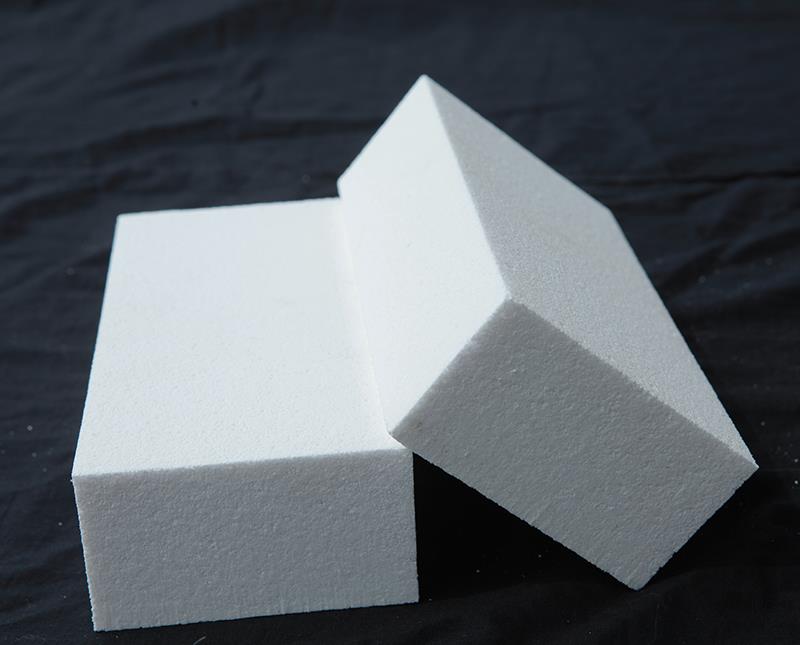Precautions for the use of fused zirconia corundum bricks
Date:2019-09-17 15:57 From:Zhengzhou Sunrise Refractory Author:admin
The contact of the fused zirconia corundum brick glass phase with the high temperature glass liquid will produce a high viscosity layer, which is the key to the corrosion resistance of the zirconium corundum brick. This requires the glass phase softening temperature to be high, so in addition to Al2O3, ZrO2, SiO2, Na2O in the brick. In addition, there are fewer other ingredients. However, when the electric furnace is melted, a graphite lining brick and a graphite electrode are used, and a reducing atmosphere is generated. C and CO reduce a part of Fe2O3, TiO2, and SiO2 in the melt to a low-valent oxide, which makes the component group. increase. According to the basic principle of the phase rate, this will lower the temperature limit of the liquid phase. When such a brick is used at a high temperature, the viscosity of the glass phase is greatly reduced, the high-viscosity protective layer cannot be formed, and the glass phase has a low viscosity, so that it is easily diffused to the high-temperature glass liquid, so the crystal phase in the brick loses the binder. It will fall into the glass, which will cause streaks and stones in the glass.
1. The fused zirconia corundum brick manufactured under reducing atmosphere has poor corrosion resistance.
The fused zirconium corundum brick produced by the oxidation method does not use graphite lining brick. Although the electrode also uses graphite, it is melted by a long arc method, so that C combines with oxygen in the air in the arc to generate CO2 without entering the melt. The brick produced by this method has a carbon content of less than 0.005%, and thus the corrosion resistance is greatly increased.
At the same time, the zirconium corundum brick produced by the reduction method also generates bubbles in the glass. This is because the low-oxide oxides of the glass phase of the brick and other substances such as C have strong reducibility, and they take up oxygen dissolved in the glass liquid when they are in contact with the glass liquid. This changes the gas soluble in the glass into a gas that is less soluble in the glass liquid and becomes a bubble. For example, SO3 dissolved in the glass is reduced to SO2. SO2 has a low solubility in the molten glass and thus becomes a bubble. This degrades the quality of the glass.

2. Irregular changes in thermal expansion
The fused zirconia corundum brick is characterized by stable and compact structure and strong resistance to glass liquid. There is an abnormal expansion between 900 and 1200 °C. This is due to the conversion of ZrO2 monoclinic form to ZrO2 tetragonal form. It can be used as a reference for glass kiln kiln and operation.
Due to the influence of other components in the AZS brick, the crystal transformation temperature fluctuates within ±50 °C. Therefore, the temperature change during the heating and cooling process at 950 ~ 1150 ° C can not be too large, generally not more than 15 ° C / h.
The abnormal expansion and contraction of zircon can be buffered by the glass phase without causing cracks. In the late 1970s, 0.15% to 0.20% of B2O3 was introduced into the composition, so that the glass phase contained in the AZS brick body not only has better thermal shock resistance, but also has a buffering effect on abnormal expansion. However, if the temperature changes greatly or fluctuates repeatedly within this temperature range, cracks may also occur. Therefore, when heating the kiln, the temperature rise should be stable in the range of 950 to 1150 °C. When used at places where the temperature changes frequently (such as feeding ports, etc.), the outside should be protected with other bricks.
